Smoothies are not only a time-friendly way of fueling your body with nutrient-dense food, but they’re a cost-effective approach too.
A nutrient-rich smoothie using high-quality ingredients can be prepared in under 5 minutes at roughly $5/smoothie. That includes a high-quality protein powder, healthy fats and nutrient-rich fruits & veggies.
Fruits and veggies are loaded with vitamins, minerals, antioxidants and anti-inflammatory compounds that your body needs to functional optimally and heal. Smoothies are a fun and easy way to take in nutrients from whole foods that you might not otherwise, due to lack of time for proper meal prep.
This article will cover some practical tips that will help you get an even bigger nutrient bang for your buck when it comes to your smoothies. Check them out …
Tips for creating low-cost & high-nutrition smoothies
1. Organic is highly recommended, but not always necessary
I understand the high cost associated with buying everything organic. Here is a great rule of thumb I follow for buying produce to help keep my costs low while minimizing toxic exposure from crops that have been sprayed.
If you are removing the peel/skin on fruits or vegetables, you might not need to fuss that much about buying organic (ie. melons, oranges, avocados…). These outer layers act as a protective barrier for the flesh of the fruit/vegetable, helping to minimize toxic exposure.
If you’re consuming the peel/skin of a fruit/vegetable OR there is no outer layer to remove, it’s more important to buy organic (ie: berries, leafy greens, apples..).
Another great resource to help you is the EWG’s Shopper’s Guide to Pesticides in Produce. Here you’ll find a list of the Clean Fifteen and Dirty Dozen to help you reduce exposure to toxic pesticides.
If buying organic is not something you wish to do, then that’s OK too. The shift over to a more whole foods diet is powerful as is, so you’ll be sure to feel the many benefits. Just make sure to wash your produce thoroughly and/or soak in lemon water or a produce wash.

2. Frozen can be just as good as, if not even better than fresh
Sometimes fresh ain’t so fresh when buying produce from the grocery store.
Often enough fruits and vegetables travel a great distance and are stored for a lengthy period of time before ever hitting the produce section in your store.
The length of time from harvesting to consuming of fruits and vegetables is very important since nutrients are very high when first harvested and slowly (or sometimes quickly) decrease thereafter.
Frozen fruits and vegetables are often harvested and frozen immediately to ensure preservation of nutrients.
In addition, fresh produce can get expensive when it’s out of season. Luckily, the price of frozen produce does not fluctuate based on the season, so buying out-of-season fruits and vegetables will be easier on the wallet if buying frozen. So instead of spending big money on fresh blueberries in January, buy frozen and get a bigger nutrient bang for your buck!
3. Your local farmers’ market knows what it means to be ‘fresh’
Buying produce from local farms is not only a great way to support local farmers, but it’s also a great way to get extra nutrition from your food – and sometimes save money too.
You can be guaranteed that you’re buying fruits and vegetables that have been recently harvested and therefore full of nutrients.
Remember, time from harvest to consumption matters. Time is definitely on the side of fruits and vegetables when shopping at a local farmers’ market!
I also recommend taking the time to chat with your local farmers, so you can learn about their farming practices. Knowing how the food you eat is grown, harvested and stored is important information that matters to your health.
Jen’s recommended read: Eating on the Wild Side by Jo Robinson – a new way to select and prepare foods to reclaim the nutrients and flavour we’ve lost. Find the book here.
I hope you found these tips helpful. Feel free to leave a comment below.
Note: When finding ways to create high-nutrition and low-cost smoothies, I NEVER recommend being Frugal Frank when it comes to your protein powder. This component of your smoothie is extremely important (especially given all the garbage found in most protein powders), so be sure to source out a high-quality protein powder. Check out my recommendation for protein powder here or take a look at my Protein Powder Checklist.

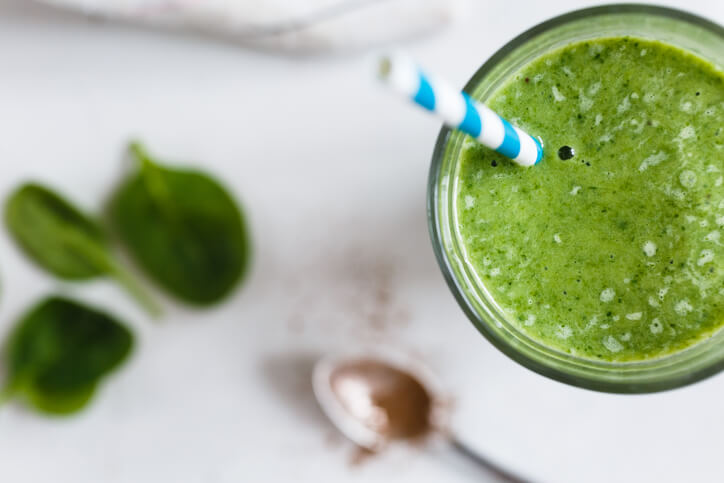

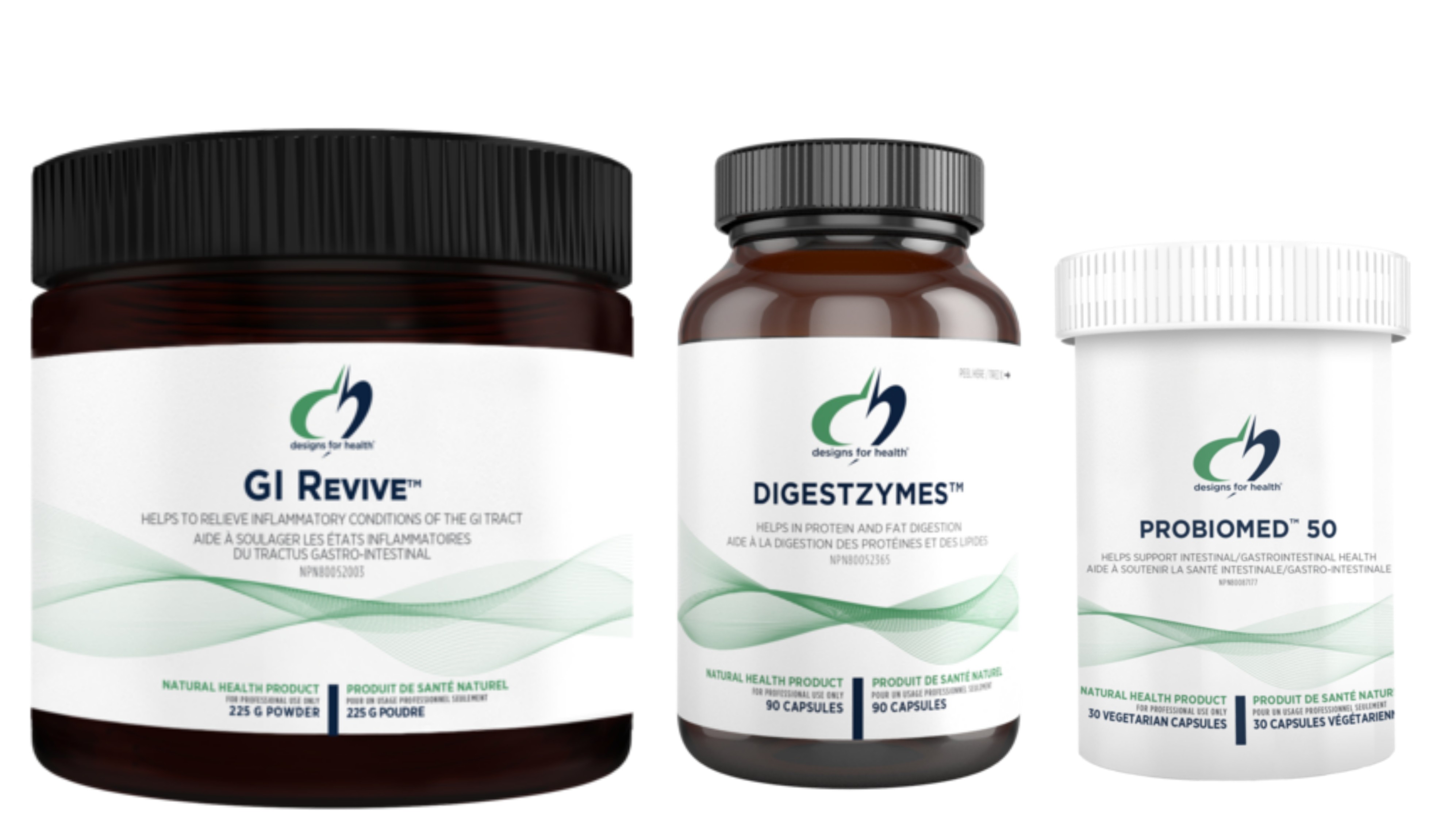
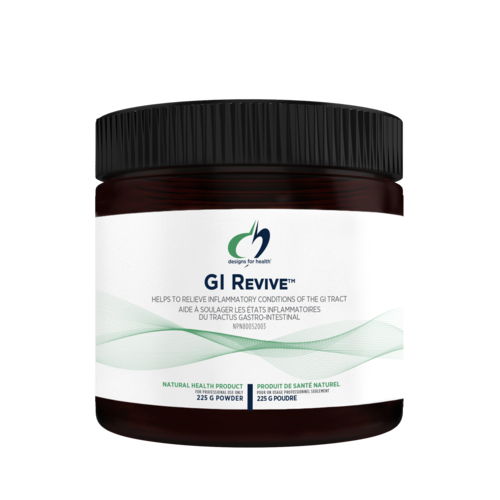
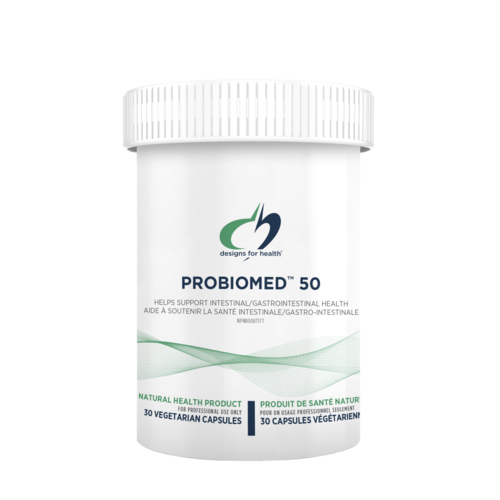
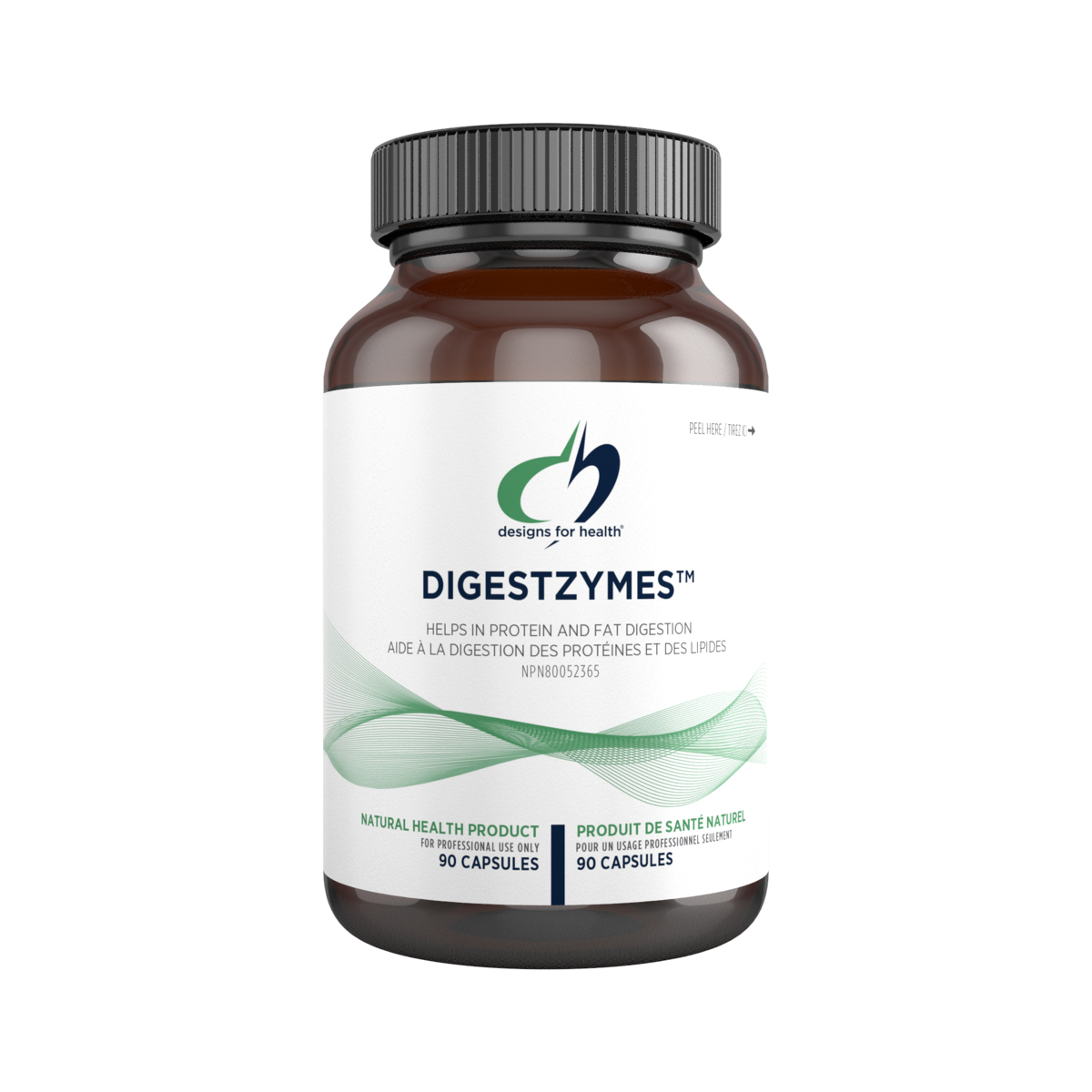
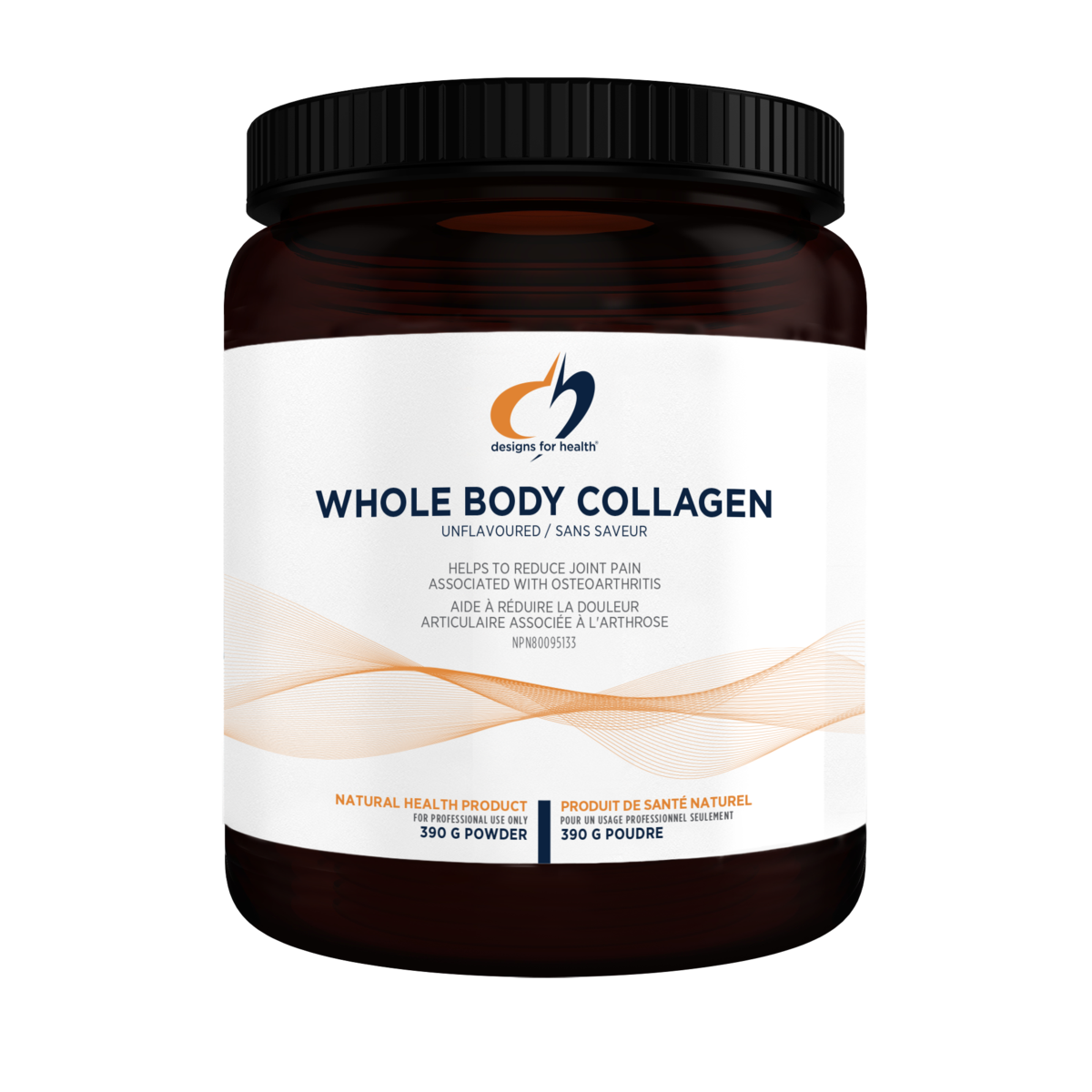
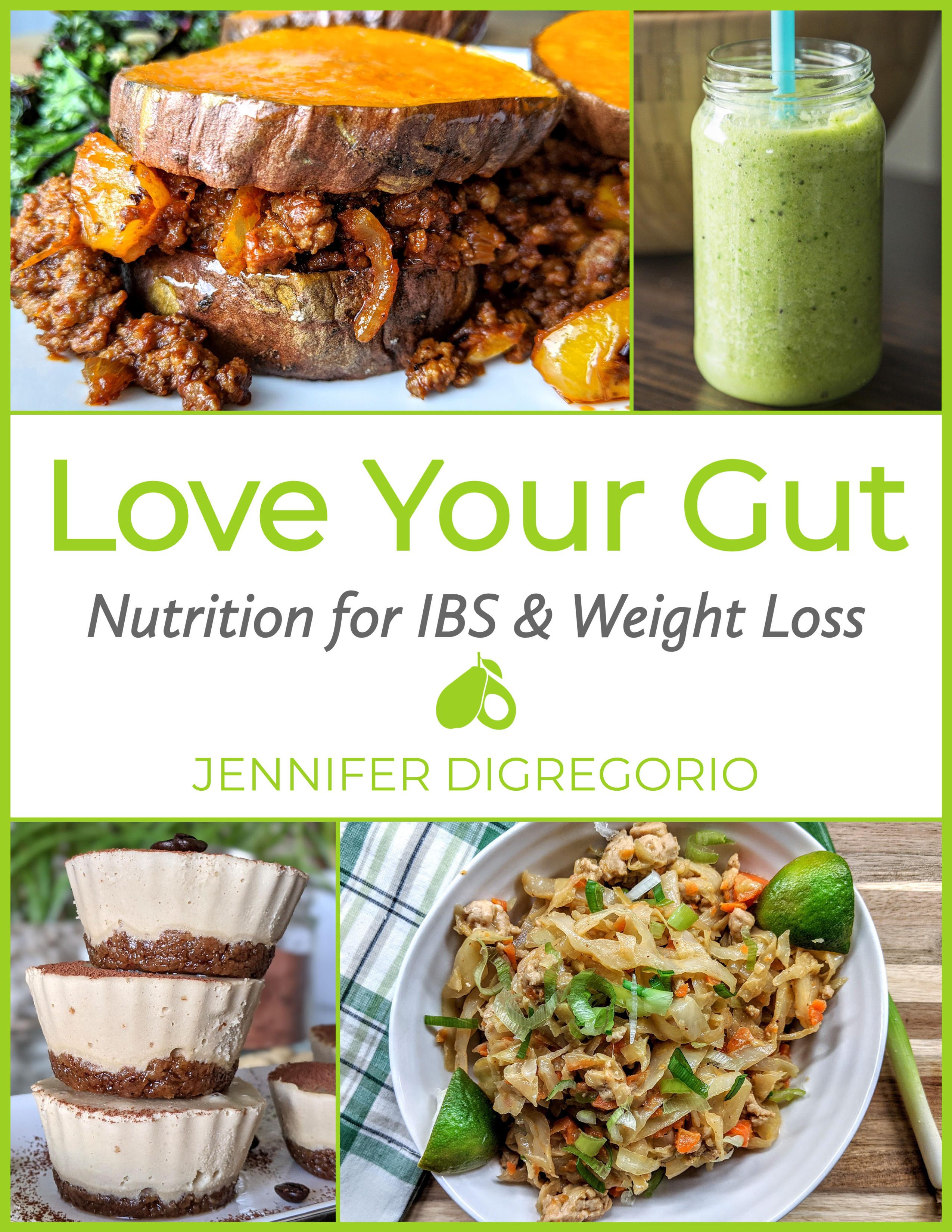
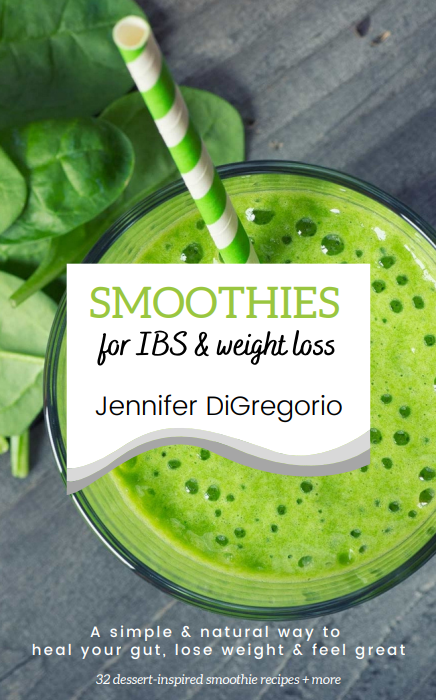
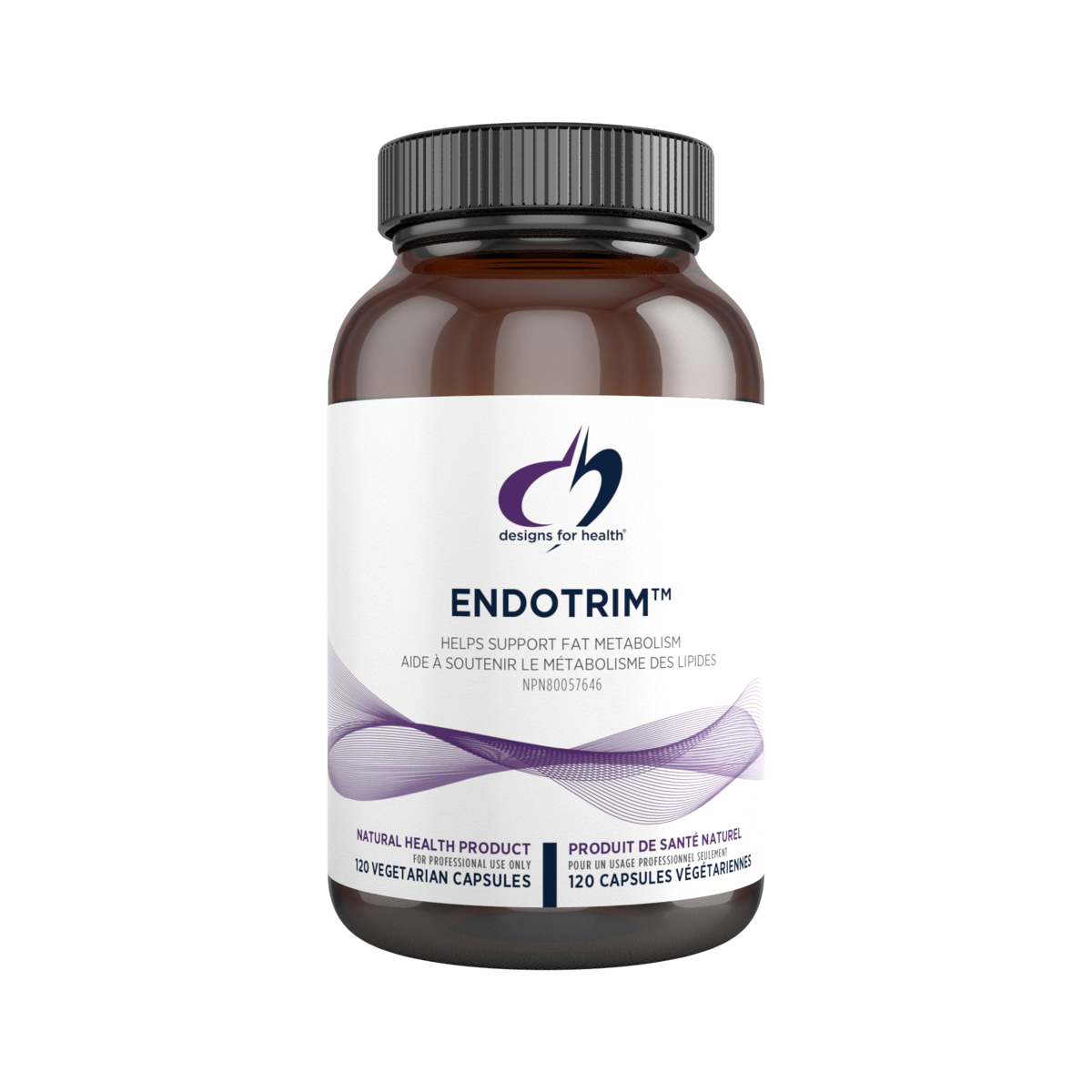
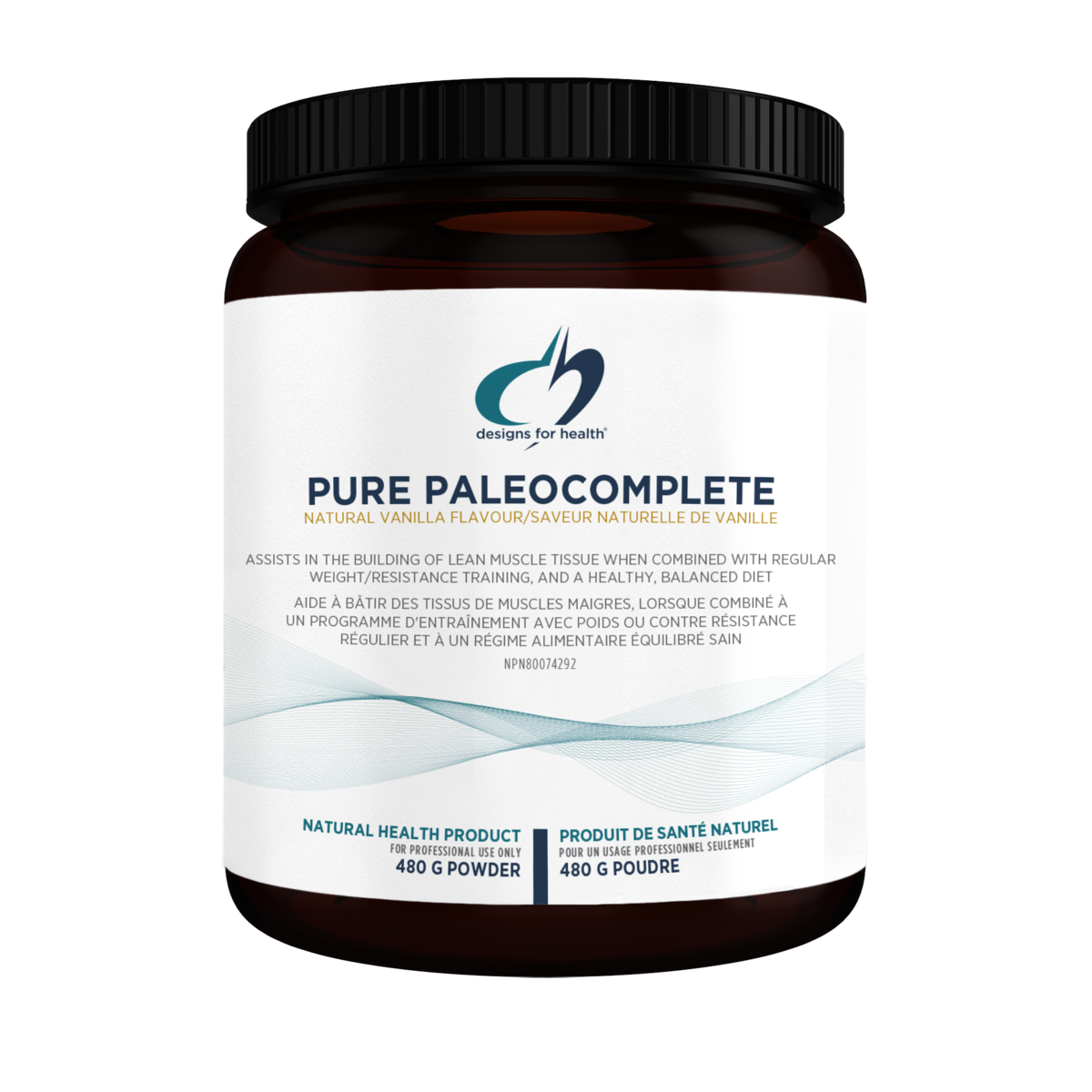
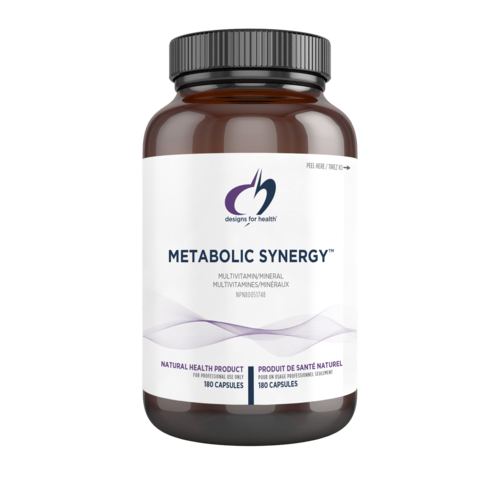



0 Comments